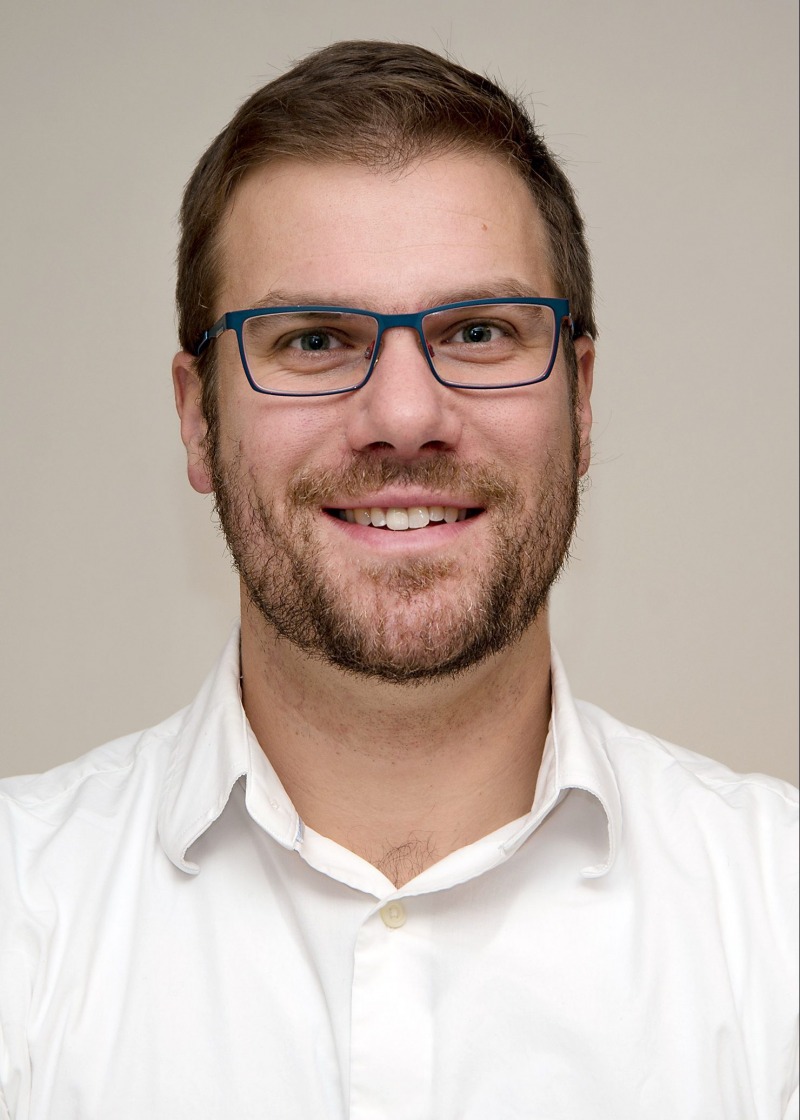Canada Research Chair receives funding for healthy cities initiative

Ever wish your neighbourhood was more user friendly?
Wider sidewalks, more streetlights, healthier food options? These amenities may not only make you happier, they may also make you live longer.
Dr. Daniel Fuller, a Tier 2 Canada Research Chair (CRC) in Population Physical Activity, and an assistant professor in the School of Human Kinetics and Recreation at Memorial, is testing this theory as part of a national group that recently received federal funding.
Increasing physical activity
“Physical activity is important for the prevention and treatment of many diseases,” said Dr. Fuller. “Only 15 per cent of the Canadian population meets physical activity guidelines. I’d like to examine the health impacts of urban planning including freeways, bike lanes, snow clearing, and public transportation.
Dr. Fuller says his vision is a physically active Canadian population and his mission is to conduct research that will help design urban and rural environments in order to increase physical activity for the entire population.
Collaborative research
On May 8, the Canadian Institutes of Health Research (CIHR) announced funding of $17.7 million to improve the health of Canadians through innovative research in urban design, energy production, food production and security, and waste water treatment.
Dr. Fuller is part of a national research team that received $2 million in funding. He’s working with a group called Team Interact to determine the impact of changes in urban form on physical activity, social participation and well-being.
Federal-provincial support
Tier 2 CRCs, tenable for five years and renewable once, are exceptional emerging researchers acknowledged by their peers to have the potential to lead in their field. For each Tier 2 Chair, the university receives $100,000 annually for five years.
As part of his CRC appointment, Dr. Fuller also received $100,000 from the Research & Development Corporation (RDC).
Additionally, he has received $96,188 from the Canada Foundation for Innovation’s John R. Evans Leaders Fund and $125,000 from RDC for a project studying how mobile devices, like smartphones, smart watches and activity monitors, measure movement.
He’s using the federal and provincial support to conduct neighbourhood walkability studies on the Avalon Peninsula this summer.
“The chair allows me more time to do the research,” Dr. Fuller said. “The funding allows me to build a team of faculty and students to contribute to larger, more intensive projects than would be possible without the funding. The funding gives me the flexibility to recruit students from all over Canada to work on a project.”
Without the funding, he says he wouldn’t have been able to develop the partnerships he has made with students in Memorial’s Department of Computer Science, the Faculty of Medicine and the Faculty of Engineering and Applied Science.
‘Right vision’
With the funding and students in place, Dr. Fuller can now concentrate on his research and work with municipalities to evaluate how physical activity is impacted by existing interventions, including bicycle share programs, bridge and highway construction, and snow clearing.
Dr. Fuller’s research is part of his Neighbourhood Active Living Potential project, a measure of neighbourhood walkability, which has already been used in Montreal and Saskatoon. Beginning this month, two students will walk 47 neighbourhoods on the Avalon Peninsula collecting data which will be posted free online before year’s end to assist municipalities in infrastructure planning.
The data provides information on the safety, number and diversity of places, and activity friendliness. This information is unique because researchers go out in neighbourhoods to walk and experience the neighbourhoods, rather than rely only on geographic data.
“We often hear about great things in other places and say, ‘Why can’t we have that here?’” said Dr. Fuller, who works closely with cities and local community organizations.
“The answer is, we can. We just need the right vision. Changes are happening all the time. We have to see if we can promote changes that promote health.”
Biking and mapping
Dr. Fuller is also a collaborator on an app called BikeMaps, which invites citizens to map close calls and collisions between cyclists and motor vehicles.
It is a joint project with BikeMaps, the Traffic Injury Research Foundation, the City of St. John’s, Safety N.L., and the Royal Newfoundland Constabulary (RNC).
“Bike Maps has the potential to change policy,” said Dr. Fuller, explaining that the City of St. John’s has an active transportation plan and is currently working on making the city more bike friendly.
“Traffic collisions are a significant cause of morbidity and Bike Maps shows where it’s risky to cycle. We know that cycling collisions are under reported,” he added, explaining that once the Bike Map data is compared to RNC reports, this will become more evident.
A promotional Bike Maps campaign is due to begin this week.